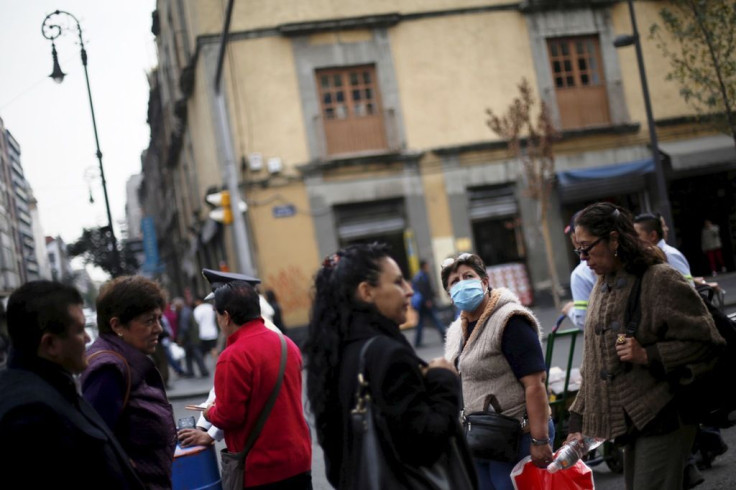Flu Symptoms 2016: Things To Know About Treatment, Recovery Time

With winter, comes the flu season. Influenza, commonly known as flu, is an infectious respiratory disease that generally causes mild to severe illness but at times can prove to be fatal. Flu activity begins as early as October and continues until late May. In the United States, flu activity is at its peak between December and March, according to the Centers for Disease Control and Prevention (CDC).
For the 2016-2017 flu season, an estimated 157 million to 168 million doses of injectable flu vaccines are expected to be available in the U.S. The CDC advises a flu shot once a year for all Americans aged 6 months and above.
Flu Symptoms
Common flu symptoms are fever, cough, sore throat, runny nose, muscle aches and fatigue. People with flu may also experience vomiting and diarrhea — common in children suffering from the respiratory illness.
CDC warns that severe health issues associated with flu can affect people of all ages while those older than 65 years of age or with chronic medical conditions like asthma, diabetes or cardiovascular problems are at an even higher risk of developing flu-related complications.
Emergency warning indications of flu in children include breathing trouble, bluish skin color, fever with rash and irritability. Among adults, the signs are shortness of breath, abdominal or chest pain, sudden dizziness, persistent vomiting and confusion.
CDC states that some people are risk of developing complications such as pneumonia, bronchitis, sinus and ear infections. Flu-related complications can sometimes worsen the chronic health issues or lead to death.
Treatment
Bed rest and loading the body with fluids is often recommended for mild flu. However, doctors may also prescribe antiviral medication such as oseltamivir (Tamiflu), which is taken orally, or zanamivir (Relenza), which is inhaled through a device similar to an asthma inhaler, according to Mayo Clinic.
Recovery Time
The recovery time for most people with flu is a few days to less than a fortnight. According to CDC, it is advisable to stay home for at least 24 hours once fever has subsided.
Those with flu are recommended to not go to work, school, travel, shopping, social events and public gatherings in order to avoid the disease's spread. If at all it is necessary to leave home when down with flu, CDC advises people to wear a facemask or cover coughs and sneezes with a tissue. Washing hands often is also advised to keep the flu from spreading.



























